The Forest Practices Board has completed an assessment of the health of riparian areas subject to cattle grazing on Crown land across four forest districts in the southern half of British Columbia. Ten indicators of riparian health, or proper functioning condition, were measured at 391 sites in Cranbrook, Kamloops, Horsefly and Penticton districts. Half of the sites were on streams and half on wetlands and lakes.
Cattle lightly use the majority of riparian areas. Approximately 12 percent of riparian areas are heavily used based on our estimates of forage utilization. Overall, 71 percent of the sites are at proper functioning condition, 16 percent are functional at risk and 13 percent are non-functional. Significant differences were found between districts, with the percentage of sites at proper functioning condition ranging from 49 percent to 97 percent. The largest proportion of sites at proper functioning condition occurred in the moister biogeoclimatic zones, while the drier zones had the greatest proportion of nonfunctional sites. Riparian health scores and faecal counts in riparian areas were better in community watersheds than elsewhere. Individual pasture management was found to be a significant factor in maintaining riparian health.
In 1995, in response to the public's desire for legislation to ensure sound forest practices, the province created the Forest Practices Code and with it, the Forest Practices Board as an independent monitor of Code compliance and enforcement.
Part of the Board's mandate is to carry out random audits of forest licensees and government in order to assess their compliance with Code requirements. The Board's first six years have seen steady progress in the nature and scope of the auditing process - from the development of the audit framework in 1995, to the undertaking of area-based audits in 2001. All 2001 audits examined operational planning, and the Board now conducts audits of range use, woodlots and access to oil and gas tenures. This expands our examination of the impact of human activity in our public forests that is subject to the Code and provides greater field-level assessment of the full effects of forest practices on the ground.
In 1995, in response to the public's desire for legislation to ensure sound forest practices, the province created the Forest Practices Code and with it, the Forest Practices Board as an independent monitor of Code compliance and enforcement.
A key part of the Board's mandate is the investigation of complaints from the public about forest practices; it is in this capacity that the general public most often comes into contact with us. In our first six years as BC's independent forestry watchdog, we received 350 complaints and concerns - a number that has shown an increasing trend since the Board's inception.
Over the last two-and-one-half years, the Board has become concerned about the occasional failure of government officials to give adequate weight to environmental damage when setting penalties for Forest Practices Code contraventions.
Forestry officials are experienced at calculating the value of timber, and they are generally efficient at calculating timber values that have been affected by contraventions. However, in some cases, officials have not given full consideration to the environmental and other non-timber values affected.
The Board monitors penalty decisions by receiving public concerns, scrutinizing all review panel decisions and receiving copies of certain district manager decisions. The Board then has the opportunity to appeal district manager decisions to a civil servant “review panel” or to appeal review panel decisions to the independent Forest Appeals Commission (FAC).
Section 41 of the Forest Practices Code of British Columbia Act (the Act) governs the approval of operational plans to effect forest operations on Crown land. An operational plan in the Act means a forest development plan, logging plan, range use plan, silviculture prescription, stand management prescription and site plan. Section 41(1)(a) states that district managers may only approve an operational plan if it has been prepared according to the Forest Practices Code of British Columbia Act and related regulations (the Code). It also states in section 41(1)(b) that district managers must be satisfied that the plan will "adequately manage and conserve" forest resources in the area of the plan. Section 41 was to be informed by strategic planning as provided for in Part 2 of the Forest Practices Code of British Columbia Act. Without a completed Code, there has been a greater need for discretion in the section 41 decisions by statutory decision-makers.
